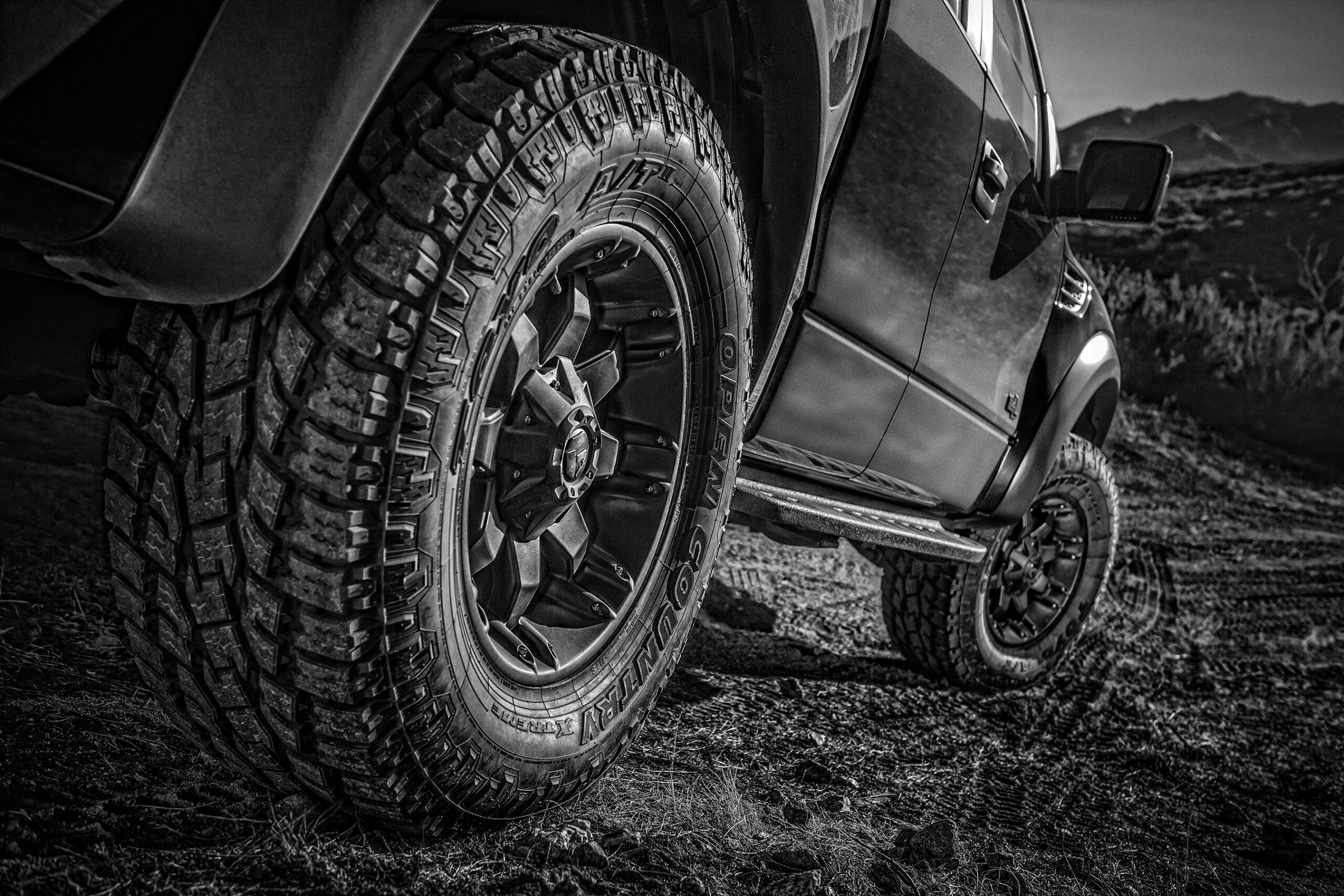Winter tires should have 3-5 psi more air pressure than the recommended pressure for regular tires. This increases stability and handling on snowy and icy roads.
Winter driving can be a daunting experience, especially when it comes to traction and control on snow and ice. One of the key factors that can help improve your vehicle’s stability and handling in these challenging conditions is having the right level of air pressure in your winter tires.
Unlike regular tires, winter tires require a little extra air pressure, typically 3-5 psi more than the recommended pressure for regular tires. This allows for better contact with the road surface, resulting in improved grip and control. In this article, we’ll explore the importance of proper winter tire pressure and how to ensure your tires are inflated to the appropriate level.

Credit: www.outdoorlife.com
Frequently Asked Questions Of How Much Air In Winter Tires
How Much Air Should I Put In My Winter Tires?
It’s recommended to check the owner’s manual or the tire manufacturer’s website for exact specifications. As a general guideline, add about 3 psi above the recommended pressure listed for your vehicle’s tires when they’re cold.
Why Is It Important To Check The Air Pressure Of Winter Tires?
When the temperature drops, the air in your tires contracts which lead to under-inflated tires and reduced traction. Properly inflated tires improve handling and traction, decrease braking distances, and reduce the risk of accidents.
Can I Inflate My Winter Tires To The Same Pressure As My Regular Tires?
No! Winter tires have a different construction with thicker and more pliable rubber, and they require a different inflation pressure. The recommended air pressure for winter tires is usually higher than that of regular tires.
What Happens If I Overinflate My Winter Tires?
Overinflating your winter tires can lead to decreased traction, reduced handling, and a bumpier ride. It’s essential to stick to the recommended inflation pressure listed in the vehicle’s manual or on the tire placard in the door jamb.
Do I Need To Recheck The Air Pressure Of My Winter Tires Often?
Yes, you should check the air pressure of your winter tires once a month, especially during colder months. Cold weather can drop the tire pressure, which can affect your tires’ traction and handling on wet, icy, or snow-covered roads.
Can I Drive With Underinflated Winter Tires?
No! Underinflated winter tires can cause handling problems, longer stopping distances, and overheating, which can damage the tire. It’s recommended to check the tire pressure before driving, ensure each tire is at the right pressure level, and top up as needed.
Conclusion
As we have discussed, winter tires are an essential purchase for those living in areas with colder climates. The amount of air pressure required in winter tires depends on the make and model of your vehicle and can be found in your owner’s manual.
Remember to check your tire pressure regularly, especially during cold weather conditions, to avoid dangerous situations on the road. Investing in a reliable tire pressure gauge can help ensure that your tires are always at their optimal pressure levels. By adhering to the recommended air pressure levels, you can increase your vehicle’s safety and performance during the winter months.
Always keep in mind that maintaining proper tire inflation is an important step in keeping your vehicle roadworthy. Stay safe, and drive with confidence during the winter season.

